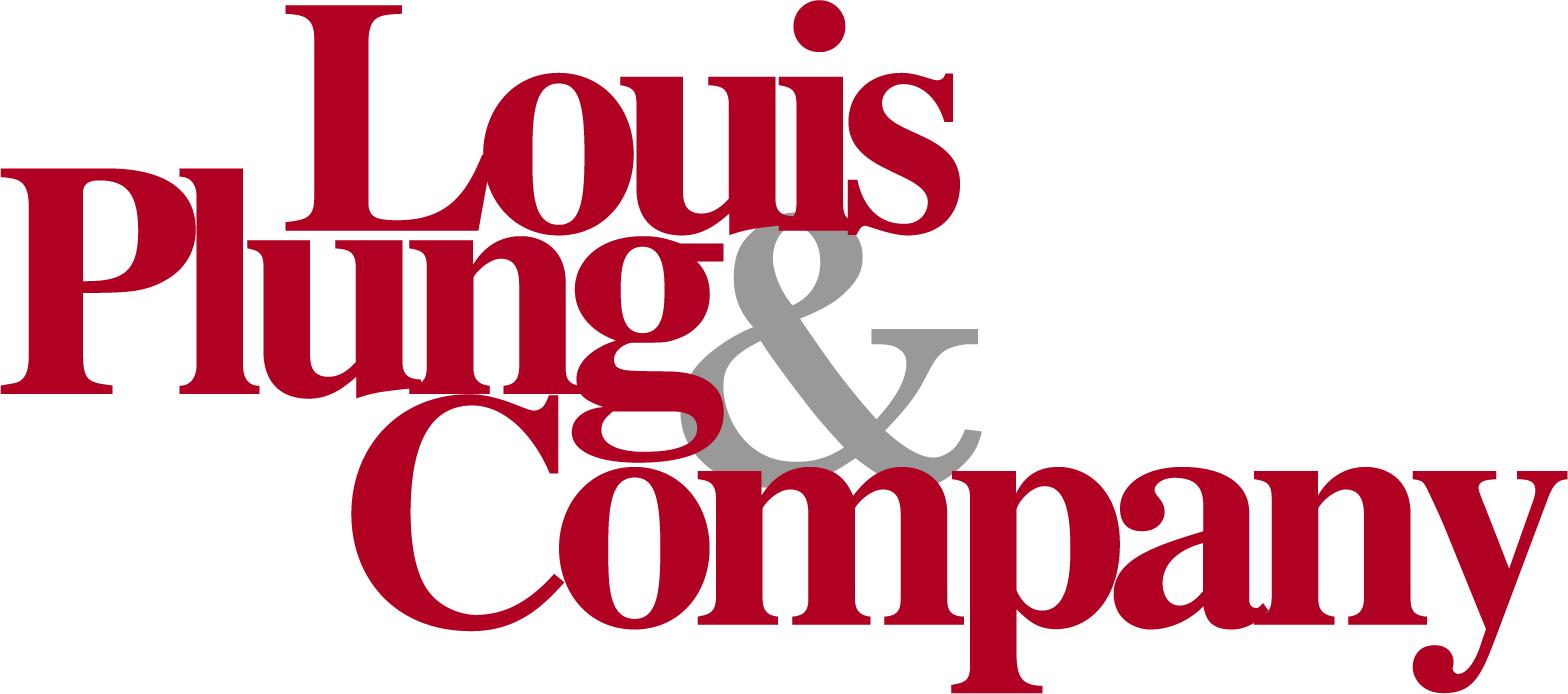Loan Forgiveness Pitfalls in the Paycheck Protection Program

As the SBA prepares to start disbursing loans under the $349 billion Paycheck Protection Program (“PPP”) this week, borrowers need to understand the requirements, and potential pitfalls, of the program’s loan forgiveness provisions. To assist in that process, we have compiled this guide to help borrowers maximize the amount of forgiveness on these loans. Our analysis is based on currently published guidelines and may change as a result of new information from the SBA.
How it Works
Generally speaking, borrowers have eight weeks following the loan date (the “covered period”) to spend the funds on certain qualified costs, defined as the follows:
- Payroll costs (to be discussed in more detail);
- Interest on mortgage obligations and other debt obligations incurred before February 15, 2020;
- Rent under lease agreements in force before February 15, 2020;
- Utilities, for which service began before February 15, 2020. “Utilities” being defined as payment for a service for distribution of electricity, gas, water, transportation, telephone, or internet access; and
- Refinance of a loan received under the SBA’s Economic Injury Disaster Loan (“EIDL”) Program made between January 31, 2020 and April 3, 2020. If your EIDL was used for payroll costs, your PPP loan must be used to refinance your EIDL loan. Proceeds from any advance up to $10,000 on the EIDL loan will be deducted from the loan forgiveness amount on the PPP loan.
Payroll costs contain the same components used in the calculation of the maximum loan amount during the application process, which includes:
- Salary, wages, commissions or tips to employees whose principal residence is in the United States (capped at $100,000 on an annualized basis for each employee);
- Employee benefits including costs for vacation, parental, family, medical or sick leave; allowance for separation or dismissal; payments required for the provision of group health care benefits, including insurance premiums; and payment of any retirement benefit;
- State and local taxes assessed on compensation; and
- For a sole proprietor or independent contractor: wages, commissions, income or net earnings from self-employment (capped at $100,000 on an annualized basis for each employee).
The SBA has issued guidance in recent days clarifying that the $100,000 limit applies only to “cash compensation” component of payroll costs, not to the “non-cash” benefits such as retirement plan contributions, health insurance premiums, and state and local tax assessments. The SBA has also clarified that payroll taxes should not be added or subtracted from payroll costs for either calculation of maximum loan amount or for allowable uses of funds for forgiveness.
Complexities and Potential Pitfalls
Staff and Salary Reductions
Borrowers who have furloughed/laid off employees or reduced employee pay as a result of the economic impact of the coronavirus have additional considerations in determining the amount of loan forgiveness they will qualify for. In general, the amount of loan forgiveness will be reduced for borrowers who have less average full-time equivalent (“FTE”) employees per month during the covered period than they did during either the period February 15, 2019 to June 30, 2019 or the period January 1, 2020 to February 29, 2020. For example, a borrower who reduced FTE employees from 20 based on one of the optional prior periods to 15 during the covered period, would be subjected to a 25% reduction in loan forgiveness.
While the text of the CARES Act provides general guidance on calculating the average number of employees (“average number of full-time equivalent employees for each pay period falling within a month”), it does not define what qualifies as a full-time equivalent. It also does not provide any exceptions for businesses that reduced staffing levels due to reasons unrelated to the coronavirus outbreak or loss of staff due to resignation or retirement.
The amount of loan forgiveness will also be reduced by the amount of any reduction in salary or wages of any employee (earning less than $100,000 in annualized wages) of more than 25% in comparison to the most recent full quarter during which the employee was employed before the covered period. Since the “covered period” begins on February 15, 2020, the most recent “full quarter” will likely be the period October 1, 2019 to December 31, 2019. Companies that pay year-end bonuses to employees should consider the impact this might have on the calculation of the wage reduction. This provision appears to call for a dollar-for-dollar in loan forgiveness for wage reductions in excess of 25%. It is not clear how the required comparison between a full quarter (a 3-month period) to the 8-week covered period (a 2.5-month period) will be addressed.
An important exception exists for staff and salary reductions occurring between February 15, 2020 and April 26, 2020. For the purpose of determining loan forgiveness, these reductions will not be taken into consideration as long as the reductions are eliminated by June 30, 2020. While this provision aims to provide borrowers with some much-needed flexibility in replenishing staffing levels, subsequent guidance added a new requirement removing that flexibility.
Limit on Non-Payroll Costs
On April 2, 2020, the US Department of Treasury issued “interim final guidance” which made changes to certain provisions of the PPP program. Among other changes, the guidance limits the forgiveness for “non-payroll” costs (i.e. mortgage interest, rent, and utilities) to no more than 25% of total expenditure. This requirement that at least 75% of the funds be spent on payroll costs to maximize loan forgiveness means that borrowers have a narrow window to fully restore employee levels and likely will not be able to gradually restore employee levels up to the June 30, 2020 date.
Compensation Paid Under the Families First Coronavirus Response Act (“FFCRA”)
The FFCRA provided employees with up to 80 hours of paid sick leave and 10 weeks of family and medical leave for employees impacted by the coronavirus outbreak. Businesses may take a credit against payroll tax withholdings for all compensation paid to employees for sick pay and leave under the FFCRA. The CARES Act excludes from the definition of payroll costs all compensation paid under the FFCRA for which a credit is allowed. Borrowers who have employees that can’t work due to coronavirus during the covered period may have difficulty incurring enough qualified payroll costs to have the full amount of the loan forgiven.
Obtaining Loan Forgiveness
Borrowers will obtain loan forgiveness after submitting documents to their lender and certifying that the documentation is correct and the loan proceeds were used for qualified purposes. Documentation required to be submitted to the lender includes the following:
- IRS payroll tax filings;
- State income, payroll and unemployment insurance filings; and
- Cancelled checks, transcripts of accounts, or other documents verifying payment on covered mortgage obligations, payments on covered lease obligations, and covered utility payments;
The lender must issue a decision within 60 days after a borrower applies for loan forgiveness. The legislation allows lenders to request that the SBA purchase the expected forgiveness amount of a PPP loan at the end of week seven of the covered period. Some lenders may ask borrowers to submit weekly expenditure reports and documentation to expedite the forgiveness process.
Is the Loan Forgiveness Taxable Income?
No. The CARES Act specifically states that loan amounts forgiven under the PPP program are excluded from taxable income.
What About Any Amounts Not Forgiven?
Any remaining balance of a PPP loan that is not eligible for forgiveness will convert into a 2-year, 1% interest SBA 7(a) loan. Payments for the first six months of the loan are deferred at there is no pre-payment penalty. Loans also continue to be guaranteed by the government and no collateral or personal guarantees are required.
“Subject to Additional Guidance”
The US Department of Treasury and the SBA are expected to issue additional guidance on the loan forgiveness process. This article is based solely on currently available information and it is likely that some of the requirements and calculation described will change. Please check back for updates as new information becomes available.




